UPDATE
Happy Valentines Day!
By The MARK IT. Team
🌤️ Good morning, and happy Tuesday. We hope you had a restful weekend and were able to hit the ground running on Monday morning to start the work week off strong.
Today is Valentine’s Day, and if you have a special someone, we hope you get to enjoy time with that person. If not, treat yourself instead. You deserve it.
WEEK IN REVIEW
Major Stocks Slip
By Abbas Akhtar
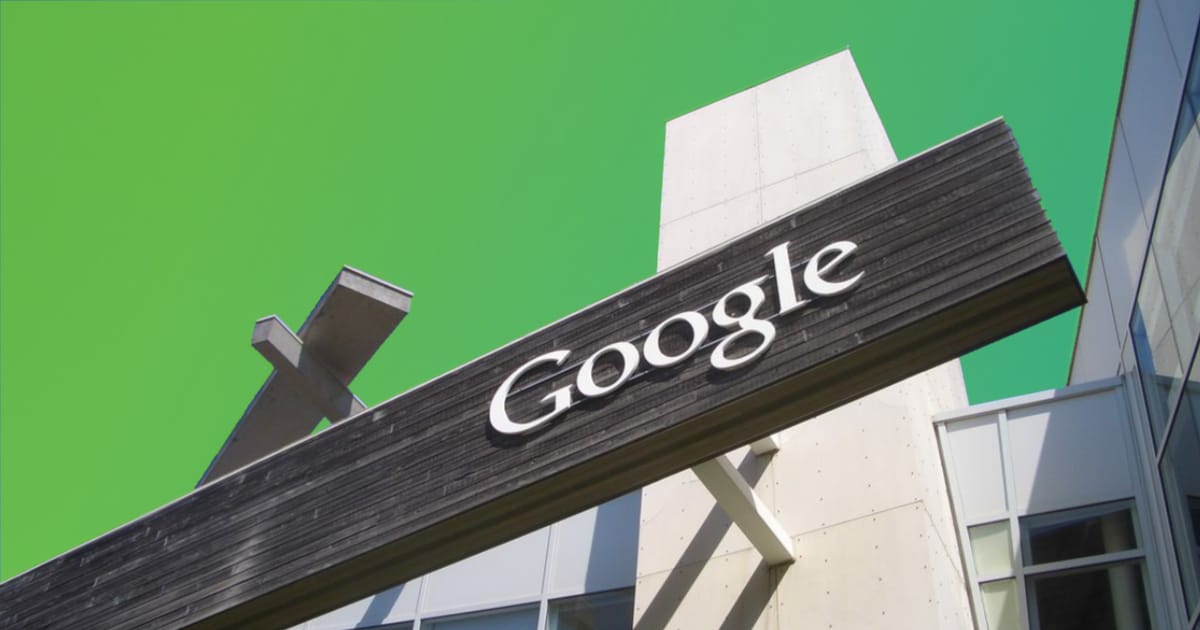
Throughout last week, a couple of major stocks saw decreases in their share value. From Tuesday market open to Friday market open, Google’s share price saw a steep 7.65% drop, which sent the stock below $100. Though Amazon didn’t have quite so drastic of a decline in that same time, the stock similarly dropped below $100 per share last week.
While both of these major stocks saw many of their early 2023 gains slip away, the S&P 500 as a whole stayed consistent last week. From Tuesday's market open to yesterday’s market close, the S&P increased a mere 0.7% with some volatility in between—a sign of slow but steady market health.
WEEKLY WATCHLIST
Undervalued and Expensive?
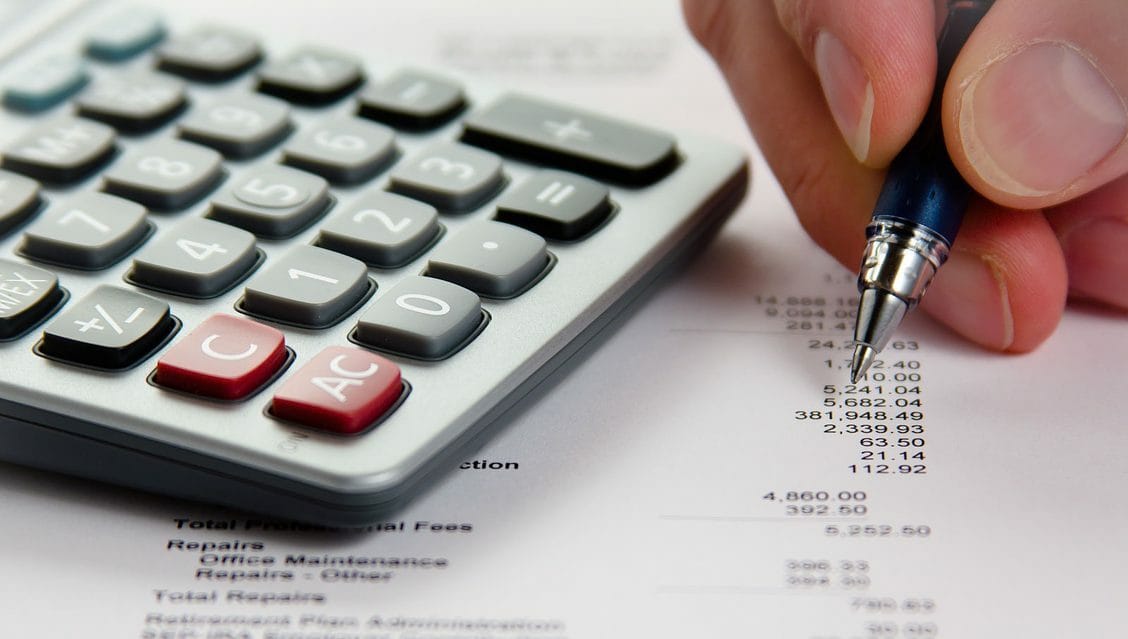
How could a stock be both undervalued and still expensive or near its highest price? As companies grow (assuming they are successful) the cash flow to the firm and the market cap tend to increase which increases the share price. Since much of the process of calculating intrinsic value relies on projected future free cash flows, the more money a company gets, the more its stock should be worth.
This means that, usually, the intrinsic value of a stock keeps increasing as the company’s value and/or cash flow keeps increasing. We talk more about valuation and discounted cash flow in our MARK IT. EXPLAINED section below.
STOCK #1
Walt Disney (DIS)
According to Investopedia, Disney is the second largest media company by market cap (behind Apple due to Apple having TV and Music services). Disney’s rise and place are largely due to the launch of Disney+ in 2019, its streaming service.
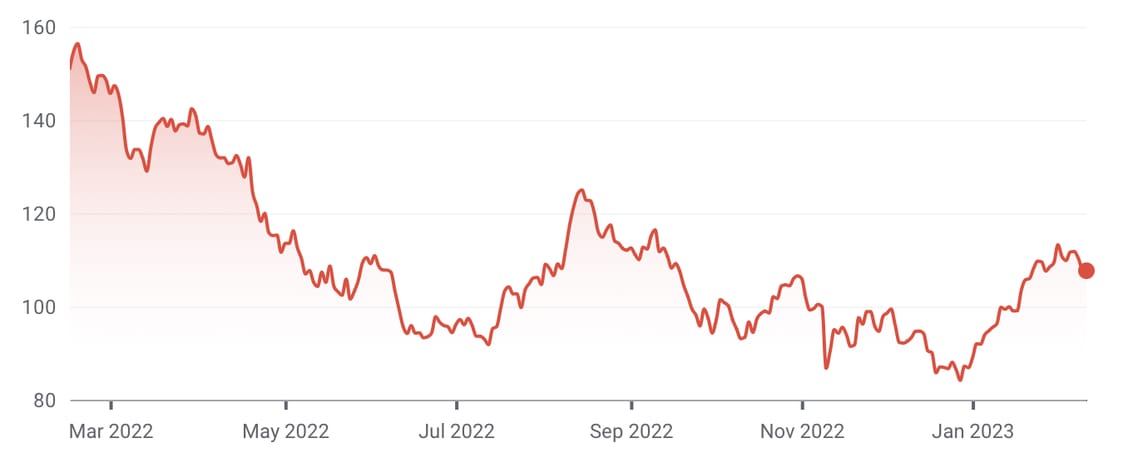
DIS Stock (1-year), via Google Finance
⚠️ Recovering cash flows: From 2009 to 2018, Disney’s Free cash flows had been increasing year after year. The big drop-off looks to have happened around COVID and some leadership change in 2020.
🛑 No dividend: Disney doesn’t currently pay a dividend, though, the company used to. Until 2019, the company would pay a dividend twice a year. The company recently announced that a dividend would be reinstated, though it’s unclear when that will take effect.
✅ Undervalued according to DCF: Based on our discounted cash flow model, a single DIS stock at Monday’s market close price of $107.66 is approximately 25% undervalued.
✅ Lower debt: Of the total Enterprise Value (EV) of Disney, debt is approximately 21% (51.6B) compared to a market cap of 79% (196.6B).
STOCK #2
JP Morgan Chase & Co (JPM)
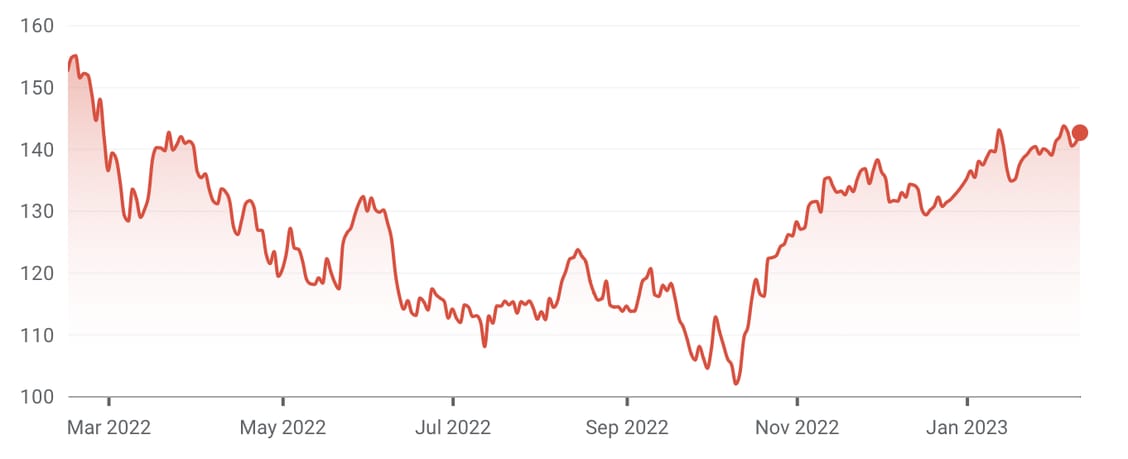
JPM Stock (1-year), via Google Finance
⚠️ Inconsistent cash flows: Since 2009, the free cash flows of JP Morgan have been choppy. Each year brings a sharp rise, followed by a sharp fall. This trend could make value investors uneasy.
✅ Healthy dividend: With a 2.81% dividend yield, JPM’s divined is higher than the average yield.
✅ Undervalued according to DCF: Based on our discounted cash flow model, a single JPM stock at Monday’s market close price of $142.57 is approximately 20% undervalued.
🛑 High debt: Of the total Enterprise Value (EV) of Disney, debt is approximately 52% (466.7B) compared to a market cap of 48% (418.3B).
MARK IT. EXPLAINED
DCF: What is it and Why Do Investors Use it?
By Rahul Kannam
DCF stands for discounted cash flow. A DCF model is important because it helps in valuing companies by analyzing the cash flow of a company. Valuation is essential in understanding whether or not to invest in a company. Something to add is that it allows one to understand the financial situation of a given company (ex: if the said company doesn’t have enough money to pay its debt six months from now).
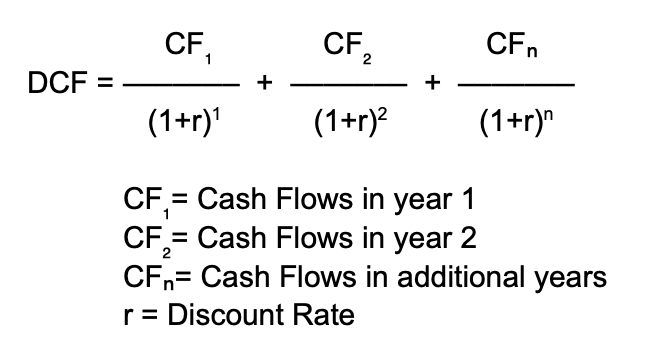
Source: MARK IT./Rahul Kannam
The variables above are the discount rate and cash flow(s). The discount rate is used because of the time value of money, where a dollar today is worth more than a dollar tomorrow. The variable is then used to find the present value of the expected future cash flows. Now, one can see if that present (also called fair) value is higher or lower than the current stock price being researched. If the calculated present value is lower than the cost of buying or investing in said stock, company, or investment, then one would typically try to find better investments or alternatives.
To recap, DCF helps you put a number on an investment in today’s dollars. It tries to make it easier to understand the current or present value of an investment compared to the cash the company would generate in the future. If the current stock price is greater than the calculated fair value, the stock is overvalued. If the current price is lower, then the stock would be seen as undervalued. Source: Investopedia
ONE MORE THING
Keep in Touch
For general announcements or updates on what we're working on, follow Abbas on Twitter 👉 @RealAbbasAkhtar
Also, we want to hear your feedback! Send any comments or suggestions to [email protected]
Thanks again for reading!
